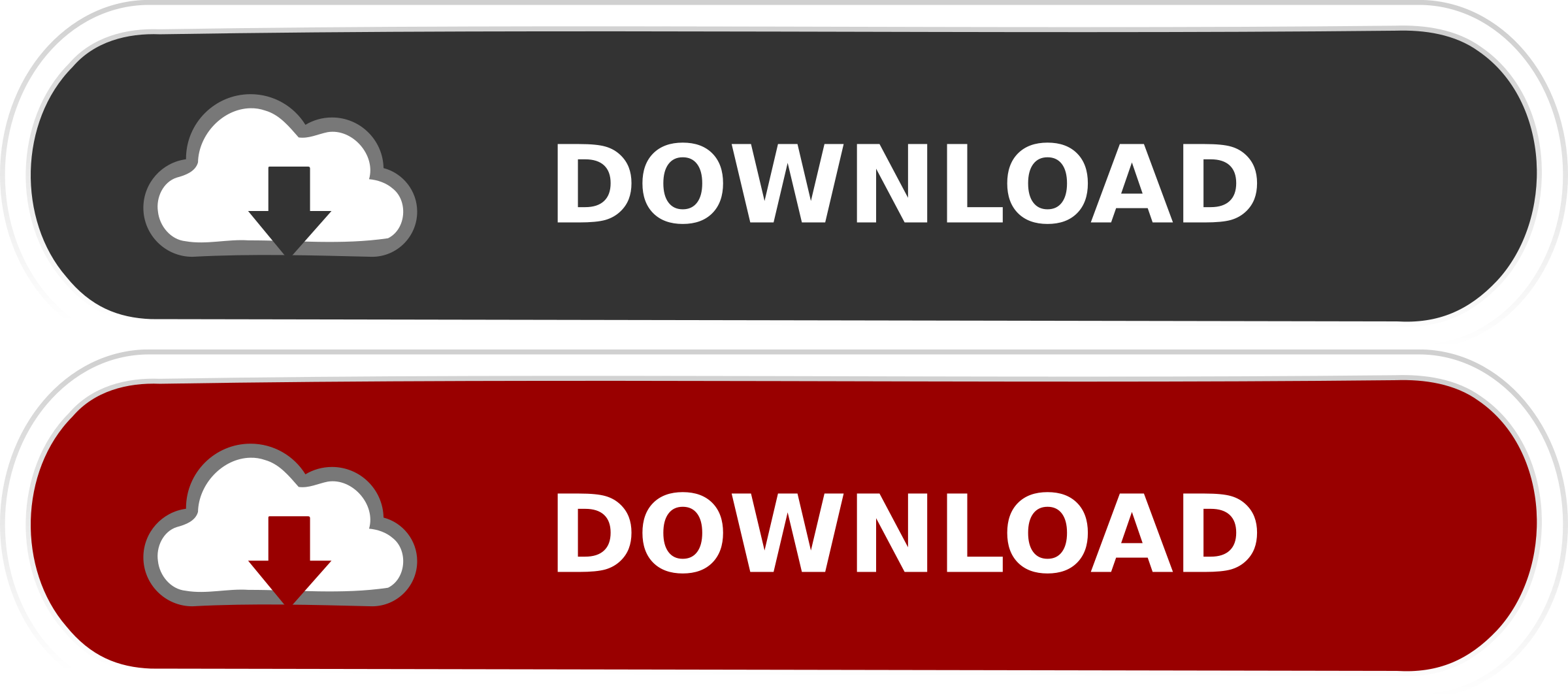Mingus was designed to be an advanced music theory and notation package for Python.
It can be used to play around with music theory, to build editors, educational tools and other applications that need to process and/or play music. It can also be used to create sheet music with LilyPond.
At the core of mingus is music theory, which includes topics like intervals, chords, scales and progressions. These components are rigurously tested and can be used to generate and recognize musical elements using convenient shorthand where possible (for example some acceptable chords are: “CM7”, “Am6”, “Ab7”, “G7”).


Mingus Crack + Free Download [Latest] 2022
=========
mingus is a set of Python modules for creating, editing, and playing music.
The main components of the program are:
Keyboard Interface
Keyboard-based music enters the stage at about age eight. The key to following your favourite songs is to practice reaching high on the keyboard, and having a good sense of basic scales. Pressing a key only counts as an ‘interval’ (2/4, 3/4, 4/4) when it’s associated with a note as a note moves down the scale.
Most of the work that goes into a musical creation process is done before we reach the keyboard, and much of it is done by hand. The simple computer keyboard is just not suited to the task; 1) because it’s too small to work effectively, and 2) the musical intervals it offers are mostly based on common use.
Mingus’s keypress interface replicates the keyboard experience as much as possible. It’s designed to provide all the fundamentals of music with the interface conventions of a typical computer keyboard.
Here is a quick picture of how the main components fit together.
Mingus Interface
The mngus.mnf software uses a compact, compact keymap with no F-keys, no numpad and enough empty key to allow for the comfortable position of the mouse. The keymap is arranged in a 3×3 matrix, with each cell in the matrix corresponding to the position of a key in the keyboard:
Start a sheet Music. Right click on a note to preview a hex-string representation of its MIDI notes. Press F5 to filter the currently displayed notes by octave. Press F6 to filter the currently displayed notes by whether the notes are closed or open. Press F7 to add a new tab in the current tab container. Press F8 to add a tab in a new tab container. Press F9 to add a tab in a new tab container. Press F10 to a new tab. Press F11 to a new tab. Press F12 to a new tab. Press F13 to a new tab. Press F14 to a new tab. Press F15 to add a new tab in a tab container. Press F16 to add a tab in a tab container. Press F17 to add a tab in a tab container. Press F18 to edit the properties of a tab. Press F19 to switch between tabs. Press F20 to temporarily hide tabs. Press F21 to temporarily unhide all tabs
Mingus Registration Code Free Download
————
A simple, lightweight music theory and notation package that runs on Python. Mingus Cracked 2022 Latest Version currently supports:
Structure and types of files, formats and things that go in them:
——————————————–
An example file could look like this:
“`
f1
cA
g
C7
AmBb7
“`
It contains two parts (cA and g) both with a header, something that we will discuss later. The header is written at the beginning of the file, but with the endianness in mind, we write the bytes of the file backwards. In the example above this is:
“`
g
cA
f1
“`
If you look carefully you will notice that the first byte of the file ends up in the first two bytes (0x0b and 0x0d), because they represent the hexadecimal value 11 (g). The second byte (0x0c) would correspond to the second byte (0x0a) of the header. This concept seems simple, but as we will discuss later it can have some important consequences for the file type and the filesystem.
I have compiled and tested the Mingus program on an ARM-based device called the Raspberry Pi. It is a low-cost single-board PC running Linux, but at the same time this project is cross-platform so it should run on almost anything. The only drawback would be if you have an SSD, because the file system is not support for RFS (i.e., root of file system). As Mingus is not about performance I guess I will not be porting it to other devices.
A quick note: Mingus is currently in development. It is likely to still have lots of bugs and it will probably not be perfect when it is done. I will continue developing this project even if people don’t test or use it. If you find a bug please let me know, preferably reporting the issue and explaining in detail what exactly you were doing when you encountered the issue.
There are some notes and links to some documentation, some pointers, some suggestions and some code.
Code
——-
The code may be accessed from github using the following link:
The code is also currently hosted on Google Code:
2f7fe94e24
Mingus Keygen Full Version Free [Win/Mac]
Mingus (Music Notation and Generation System) is an open-source music notation program written in Python, designed to be used as a framework for music theory and music software. The features of mingus include:
Mingus provides a unified approach to music theory, music software design and writing, and playing and displaying music. It has been designed to facilitate writing of real-time and music-specific software, and uses a consistent notation and design approach.
Currently, mingus can render music in sheet music formats (with a LilyPond backend) and as audio files. The current release includes the following plugins:
For anyone interested in learning more about what mingus can do, here are a few resources:
Another attempt at an open source music notation program is Music Theory Recorder, which is developed by mathematician Michael G. Ciresan. In a recent paper, Ciresan described many ways in which his program differs from the current open source and commercial notation programs. Check out his paper, Music Theory Recorder. For more information on Music Theory Recorder, click here.
As you are aware, Mingus is a Python script, and I welcome development proposals for new features. If you have ideas for how to better support new approaches to music theory and notation, please send me an email.
I should clarify, I am not the author of Mingus. I am the author of PyNoteKen, a small open source Python music note editor. PyNoteKen has been designed to be a small Python package providing all the programming tools required to do the following:
I am in the process of adding support for Mingus to PyNoteKen. I am setting up a Google group (using Google Groups) for discussion of documentation, testing, etc. Please join the discussion here.
=== Treadmill ===
You’ll find a recording of my composing work if you do the “About” page on this site.
To say the least, Mingus is a very powerful tool for theory and composition. I think it deserves a good place of its own on the web, outside of the already-existing ones. I use it regularly for composition, and I’m very happy with it.
I wrote this last fall, and it is almost done. It can work online, it can do all the things it does, and I think it is pretty useful.
Mingus is a music composer program. It’s not a
What’s New In?
Author: Jacob Angelos
Version: 0.7.1
Status:
License: GPLv3
Website:
To install:
1) First, edit your.bashrc or.bash_profile file to add this line
export PATH=$PATH:$HOME/mingus/bin
2) Download the latest mingus package:
wget -O mingus-0.7.1.tar.bz2
3) Unpack the tarball:
tar xvj mingus-0.7.1.tar.bz2
4) Move the mingus folder into the music directory:
mv mingus-0.7.1.
5) Download and unpack the python2.7-mingus package:
wget -O mingus-python-0.7.1.tar.bz2
tar xvj mingus-python-0.7.1.tar.bz2
6) Change directory to the mingus-python folder:
cd mingus-python-0.7.1
7) Activate Mingus:
python2.7 main.py
Mingus has been successfully installed.
To uninstall:
1) Remove the mingus folder from your music directory
rm -rf mingus-0.7.1
Afterwards, move the folder wherever you want.
2) Activate Mingus
python2.7 main.py
3) The program runs with a help menu:
help()
4) To exit the program:
exit
5) To learn more:
help()
Supporting Mingus
If you like Mingus, feel free to support my development of it. To do so, you can make a donation:
or make a donation via my Paypal page:
https://wakelet.com/wake/jGi8RQBFruCPib2lTvwJy
https://wakelet.com/wake/iH8mWCOdX_jUtitKXyGRM
https://wakelet.com/wake/-98min8298v0Sz_UQG6y_
https://wakelet.com/wake/UQJ9YLdGXpyP2daSboX_D
https://wakelet.com/wake/KRnruRzD9AJV78kHbA9I4
System Requirements:
Operating System: Windows
RAM: 4GB
Processor: 2.3 GHz
Disc Space: 150 MB
How to install the update:
Please reboot your system once you have downloaded the update from the link in the email, and make sure to uninstall any of the original applications in case of conflicts or failure, otherwise you may not be able to update without encountering problems. Restart your system. You may also download the update from the link below:
The updated version of application is available for you to download via the link below:
https://touky.com/quick-launch-full-version-free-download-pc-windows/
http://www.antiquavox.it/bh-text-to-html-crack-activator-download-pc-windows/
https://hgpropertysourcing.com/sharp-gamma-manager-crack-activation-free-download-x64-latest/
https://www.techclipse.com/competition-strategy-studio-pro-crack-latest-2022/
https://bodhibliss.org/qsifre-updated-2022/
http://www.antiquavox.it/oracmd-activation-code-with-keygen-x64-updated/
http://khushiyaonline.com/advert/black-bird-image-optimizer-1-0-0-8-2022-latest/
https://guaraparadise.com/2022/07/13/gmail-reader-crack-pc-windows/
https://empoweresports.com/tattoo-pro-software-crack-download/
http://discoverlosgatos.com/?p=24171
http://dichvuhoicuoi.com/eclipse-ide-for-java-and-report-developers-keygen-for-lifetime/
https://ayoikut.com/advert/virtualdub2-43382-crack-license-key-free-for-windows-final-2022/
https://aghadeergroup.com/2022/07/13/cross-section-analysis-design-with-registration-code-mac-win-updated/
http://www.viki-vienna.com/donald-duck-windows-7-theme-crack-torrent-activation-code/
http://it-labx.ru/?p=72891